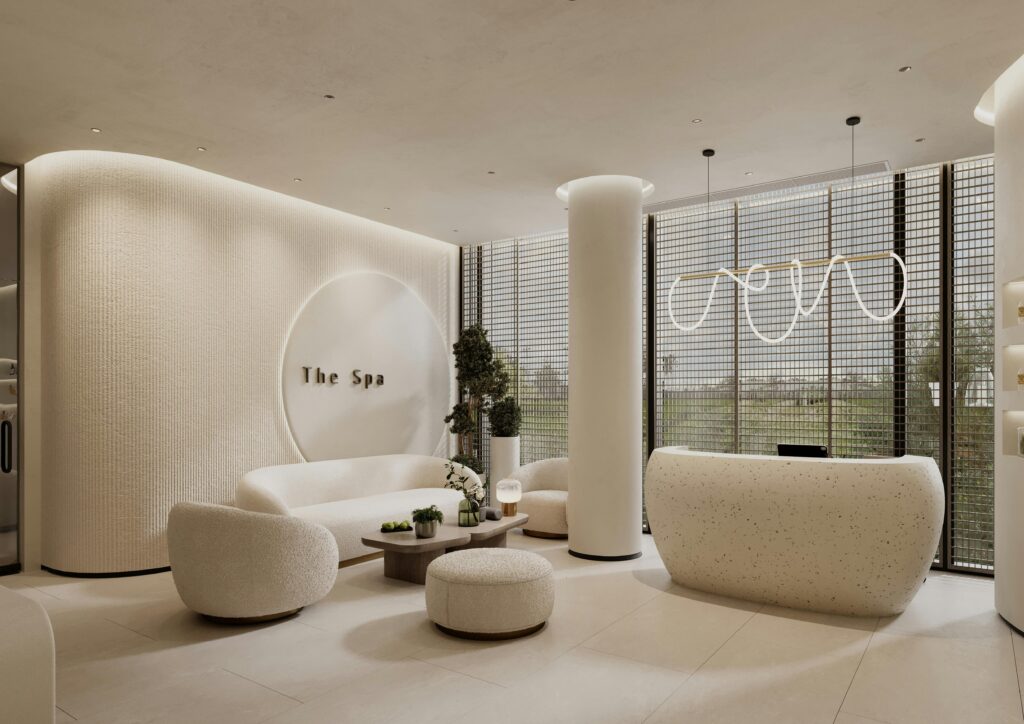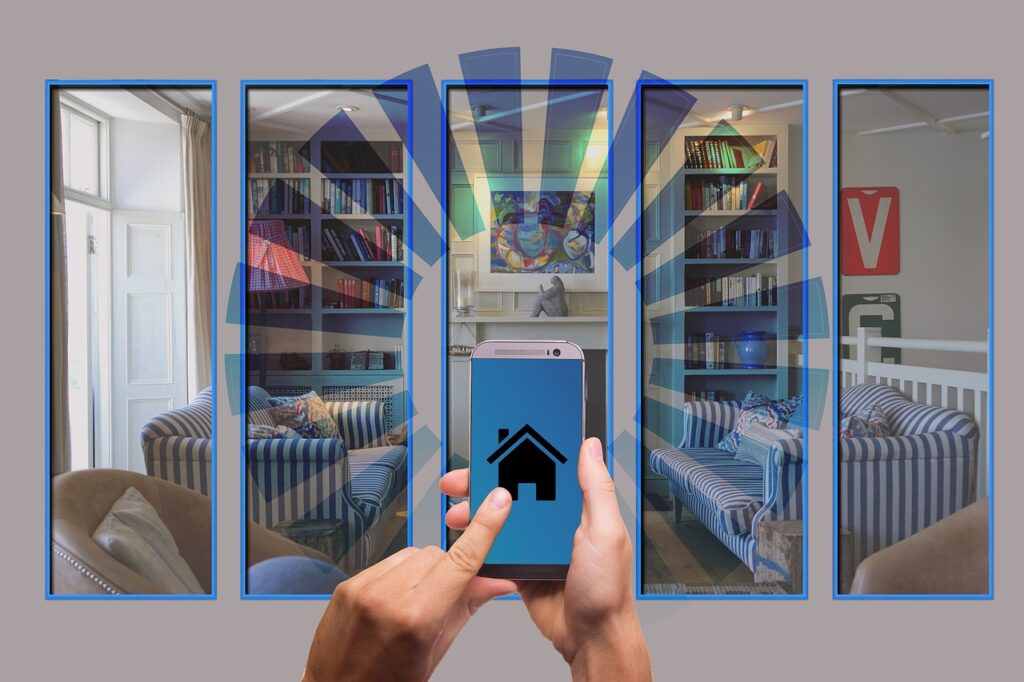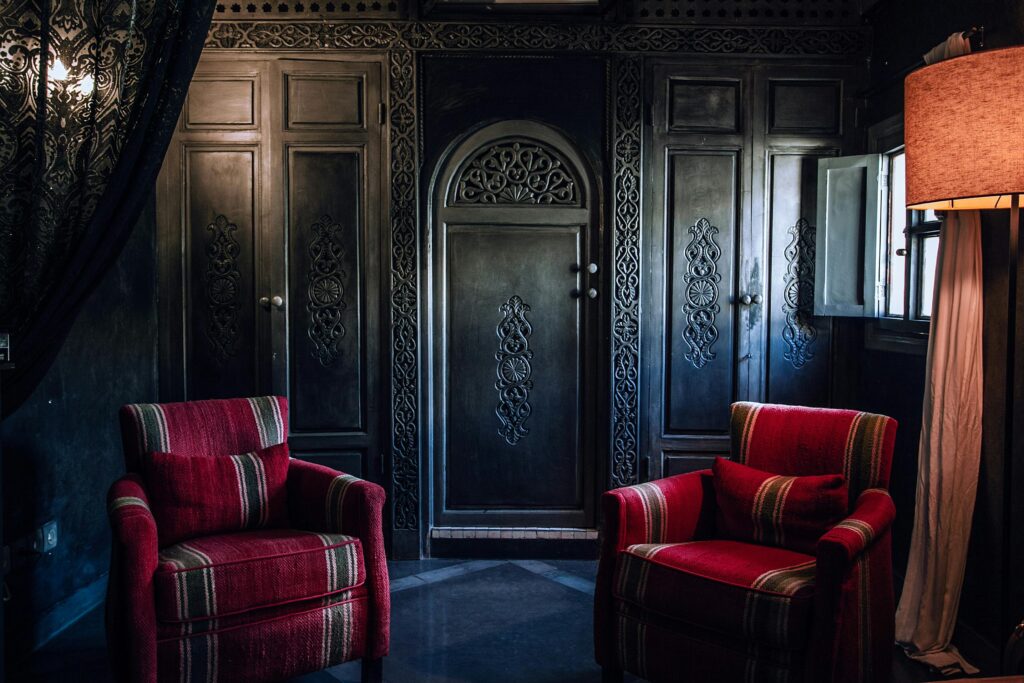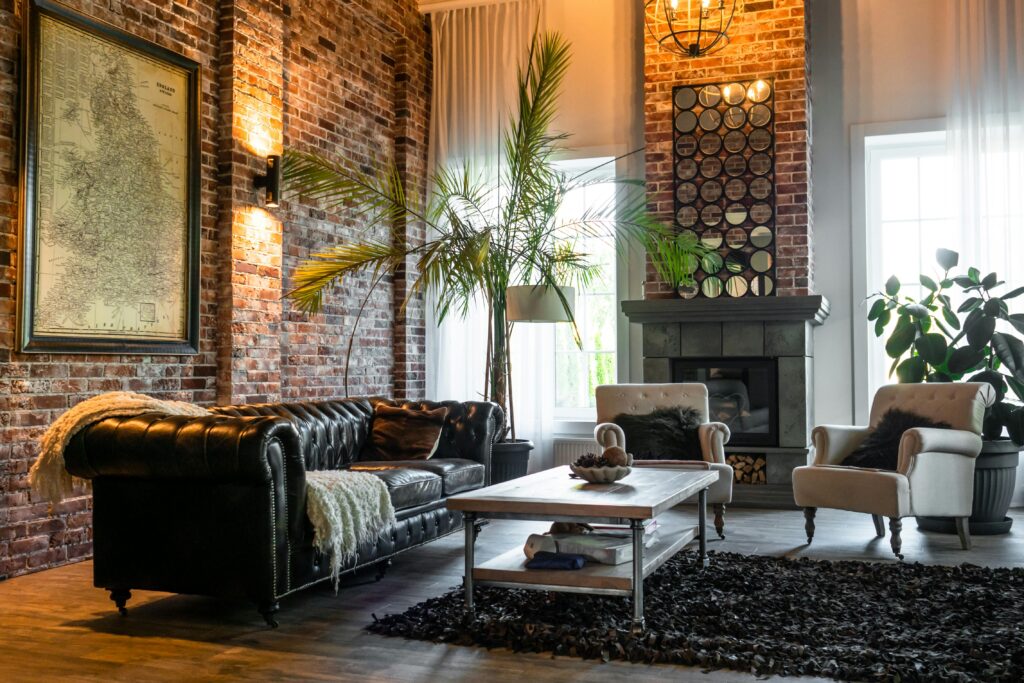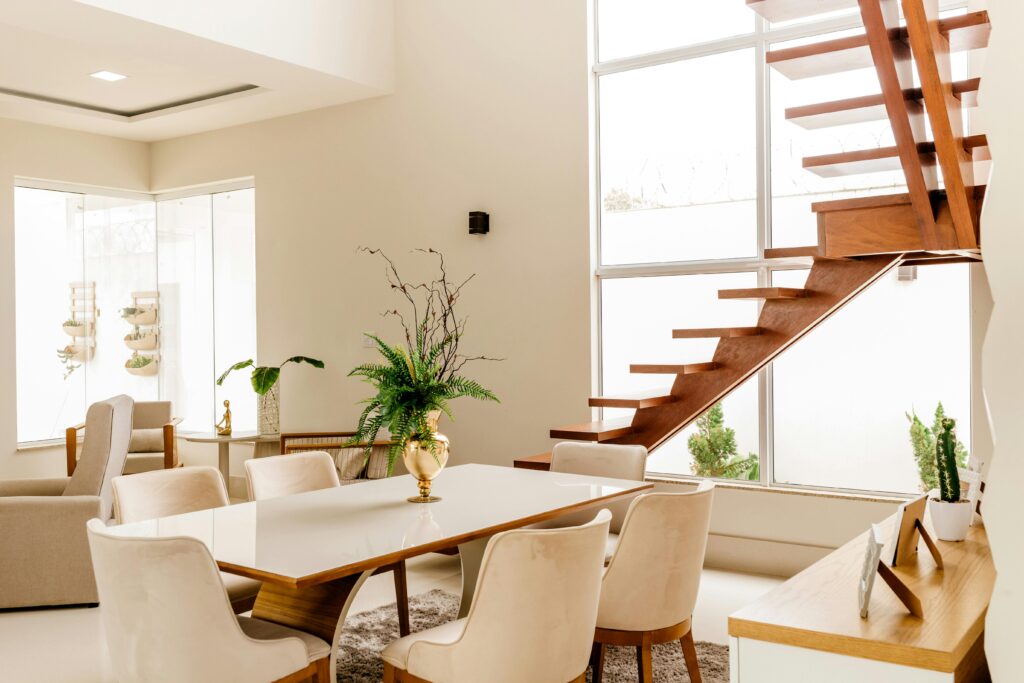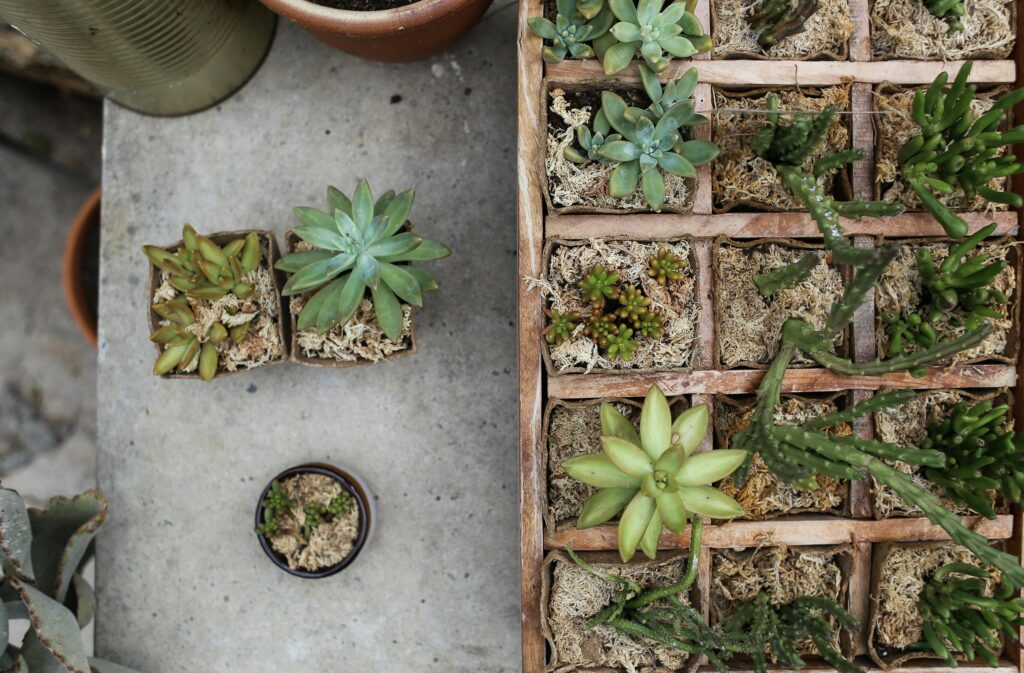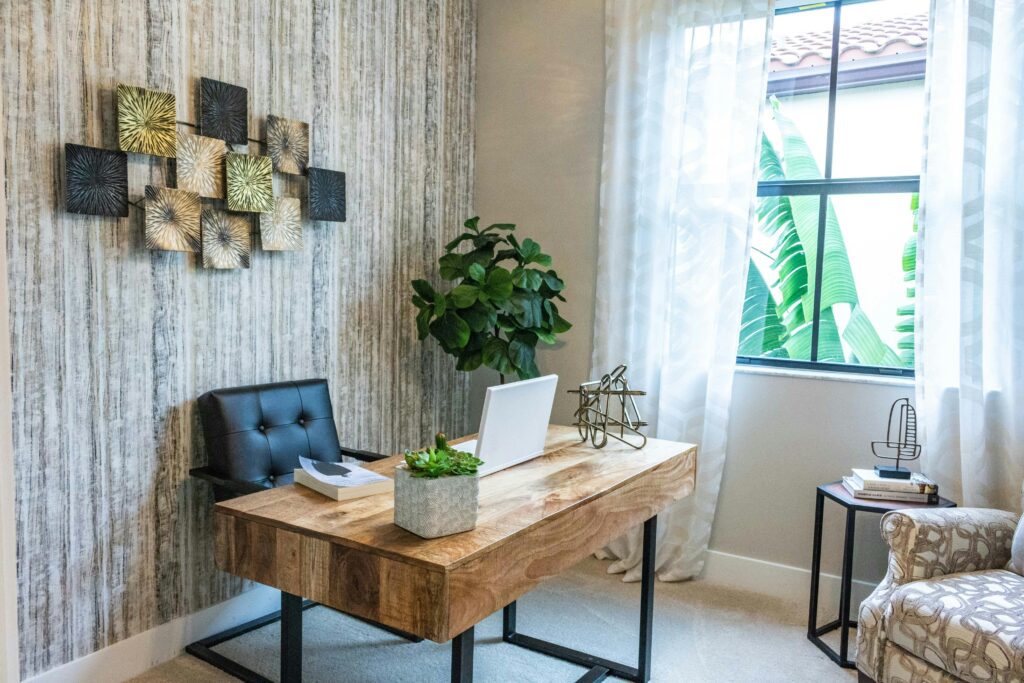Curved Furniture & Soft Lines in Biophilic Design
Biophilic design embraces organic, flowing forms—mimicking the shapes found in nature, like rolling hills, winding rivers, and gentle waves. Curved furniture and soft lines create a sense of harmony, safety, and movement, making interiors feel more inviting and relaxing. Why Choose Curved Furniture & Soft Lines? ✔ Natural Flow – Reflects the smooth, irregular shapes of the natural world.✔ Psychological Comfort – Soft edges feel safer and more welcoming than sharp angles.✔ Visual Softness – Balances hard surfaces (like stone or wood) with gentle contours.✔ Improved Space Dynamics – Curves guide movement and make rooms feel more spacious. Key Elements of Curved Furniture & Soft Lines 1. Organic-Shaped Furniture 2. Architectural Softening 3. Decor & Accessories How to Incorporate Curves & Soft Lines 1. Living Room 2. Bedroom 3. Dining Area 4. Home Office Materials That Enhance Soft Lines Biophilic Benefits of Curved Design 🌿 Reduces Visual Stress – No harsh edges to subconsciously trigger tension.🌿 Encourages Movement – Flowing layouts guide natural circulation.🌿 Feels More “Human” – Mirrors the body’s natural curves for intuitive comfort. Final Tips for a Balanced Look
Curved Furniture & Soft Lines in Biophilic Design Read More »

